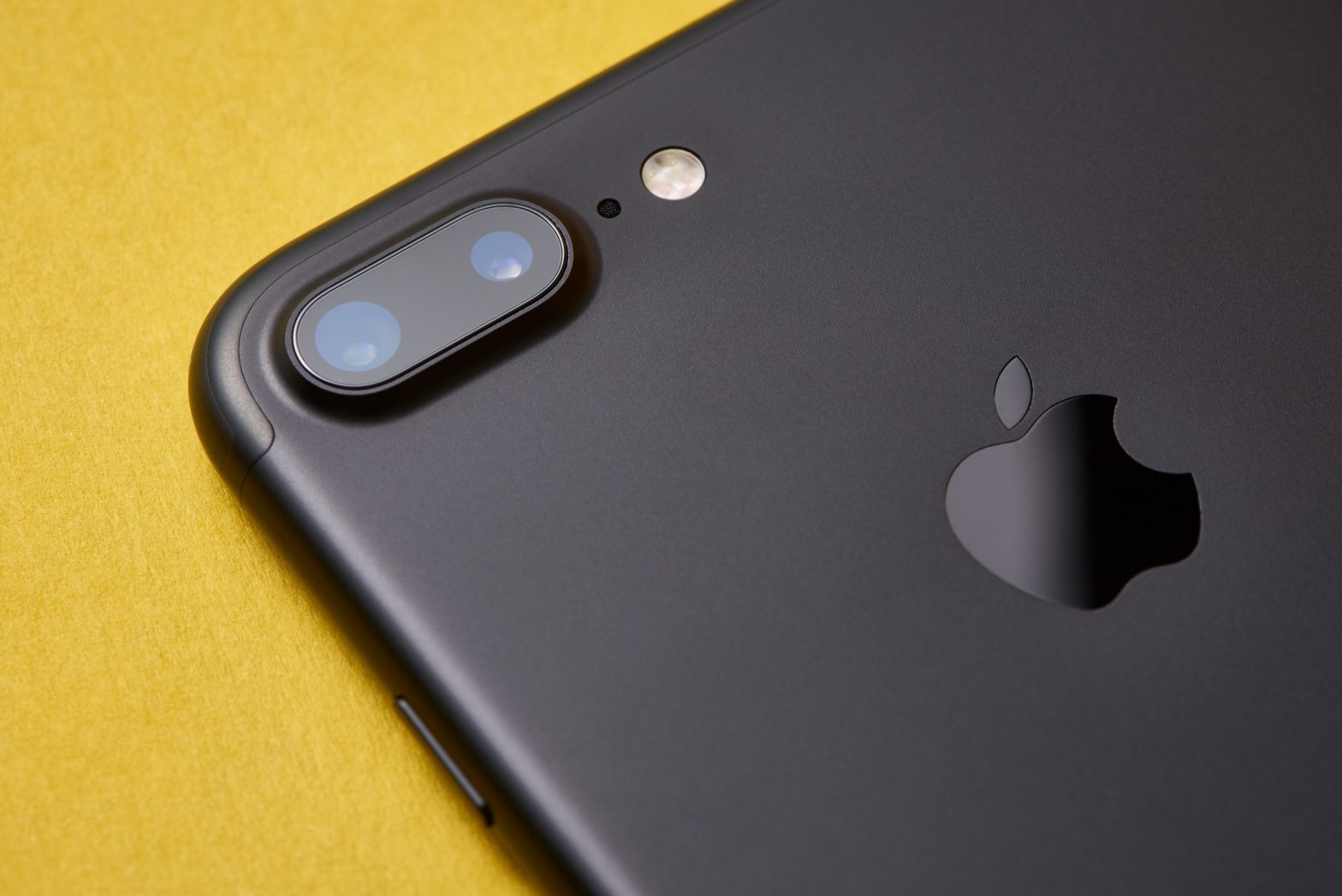Now that we’ve had a Tesla for a while, I’m finally understanding how to do route planning. For 99.9% of all people, the built in route planning in today’s Tesla maps is pretty incredible. Just plug in where you want to go and if you need to stop, it tells you which Tesla Supercharger and how long you should stop and you are off.
But if you are a massive nerd and want to eke every last WH/mile (or even know and care what that is), there are true geek tools that Tesla enables through their API interfaces. This let’s folks design specific algorithms based on your own driving. No one knows if this is better than what the built-in application does because like Apple, Tesla makes the methods opaque and presumably they are machine learning the heck out today’s cars, so someday this won’t even be necessary.
A Better Route Planner is an awesome tool, but it needs some critical data to really estimate where you will need to charge. This thing is awesome because it takes into account elevation and hills so that you get a really good estimate of your speed.
Estimating your Efficiency at 65MPH is key
First off, the most important variable is the somewhat strange, WH per hour at 65 mph. They are trying to estimate your driving style and skill. They do have defaults for cars that are baseline. For instance with a Tesla Model X 100D, it is 386Whr/mile at 65 mph.
I’m sure they are very conservative on this figure as the last thing you want to do is to run out of charge, but what if you want to estimate what would actually happen.
Since we’ve been a number of runs, one way to figure this out is of course to drive at 65mph and see what the figure is. It is harder than it looks just from the car instrumentation because there is no WHr/mile reading just on the display. The Bolt for instance has this (albeit reversed at miles/Whr).
Doing some math, to take the Tesla X 100D, the rating of this car is 295 miles with a 100kWHr battery, so turning this around (100kWhr/295miles = 338 WHr/mile). So 386 doesn’t sound awfully bad.
There there is temperature which is a huge variable, head winds, I don’t know how you estimate that and then there is the percentage above reference speed (that is if the speed limit is 70 mph, how much over will you be going, :-).
However, what this doesn’t take into account is your driving style. We spend a lot of time huddled up against trucks and so forth, so what you want to do is to take some trips and compare the estimates with the planner. Road conditions and temperature seem like the big variables. You lose 20% in heavy rains for instance (less traction).
In our case, we are finding that they are way too conservative on power use. For instance on one trip, using the defaults, they estimate a total battery usage from 97% to 23% or 74% usage but the actually over a bunch of trips has been 55% (97% to 42%). So some variable must not be accurate.
Doing some goal seeking, in these optimal conditions, it is about 300WHr/mile that is about right for planning.
To test that theory again, we know that in really the depth of winter rains that we are actually getting more like 100% to 29% so this actually worked pretty well estimating 35F with heavy rains gives you 71% usage.
These number definitely vary by driver and how much you are drafting, I think that’s the main reason we are at more like 300 WHr/mile than 386 WHr/mile.
Prevent Battery Loss by charging from 30% to 70% locally
As an aside most of the batteries degrade to 5% after the first year and then hold it, you can do better if you make sure you don’t charge it to maximum unless you really need it. The actual data shows that charging to 80% increases number of cycles and loss by 5x. And that really deep discharges are also bad, so to keep things going, try to ensure that you keep the swing shallow around 50%.
Managing your power charge levels on trips to be 60-70%
One thing you quickly learn is that trying to keep the Tesla between a safety reserve of say 10-20% and the maximum charge time which is up to about 60%. At least for our vehicle, the car charges at 112-115 KW up to 60% and then begins to taper down to about 50KW at 70% and so on, so you really want to make sure the battery stays in that 10% to 60% range to minimize charge time.
To take one sample trip from Seattle to say Banff, in playing with the application I found that the optimum route had the care at 100% in Seattle and then they recommend driving all the way up for 240 miles, then you stop for 9 minutes to get the charge up to 34% and finally you go for 50 miles and then do a final charge from 15% to 85% before driving to your destination.
In unfamiliar spots, you might want to leave more like a 20% reserve, but 10% actually has worked well for us. The lower the better because of the high recharge rates at lower charge levels. That is you’d rather ping pong from 10% to 80% than 30% to 100% because that last bit is really slow.
Store you charge plan in the notes section of your calendar
Better Route Planner generates a URL for a specific plan. Stick this URL into the notes section of your calendar, and then when you sync, you can actually click on the URL and it will show in your browser. Handy for those trips that are long.







